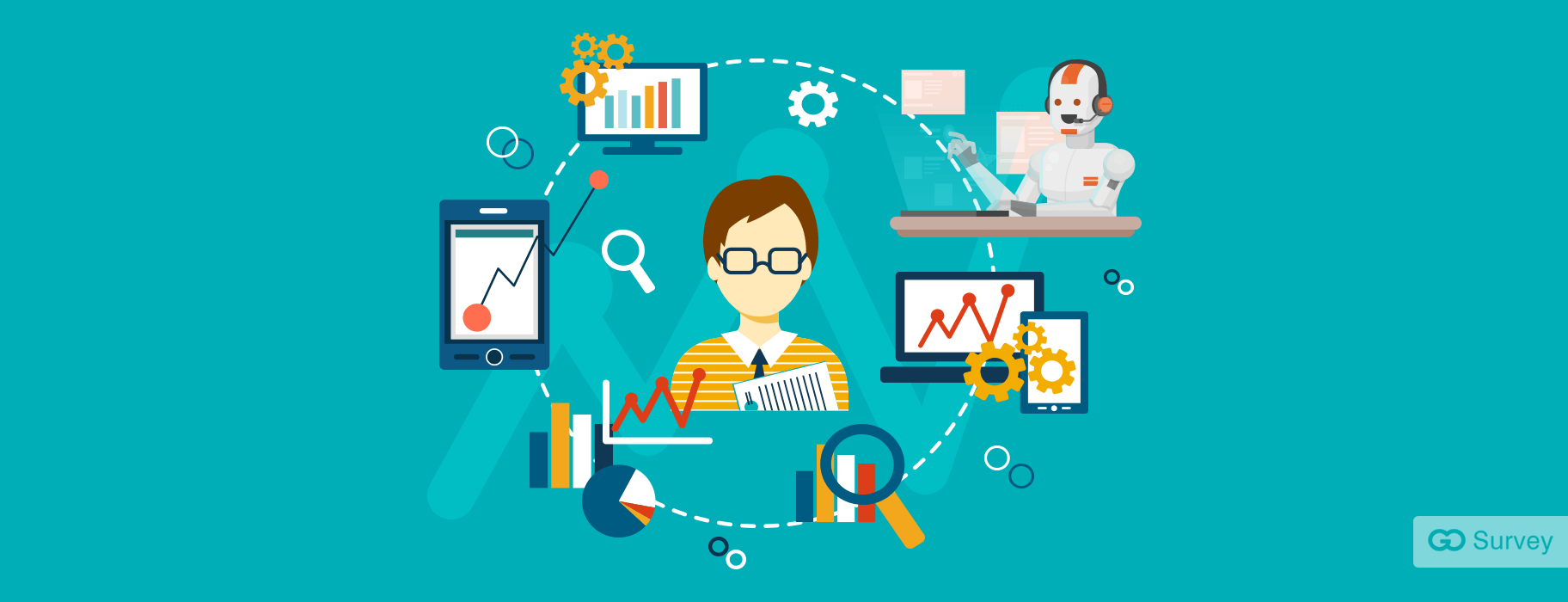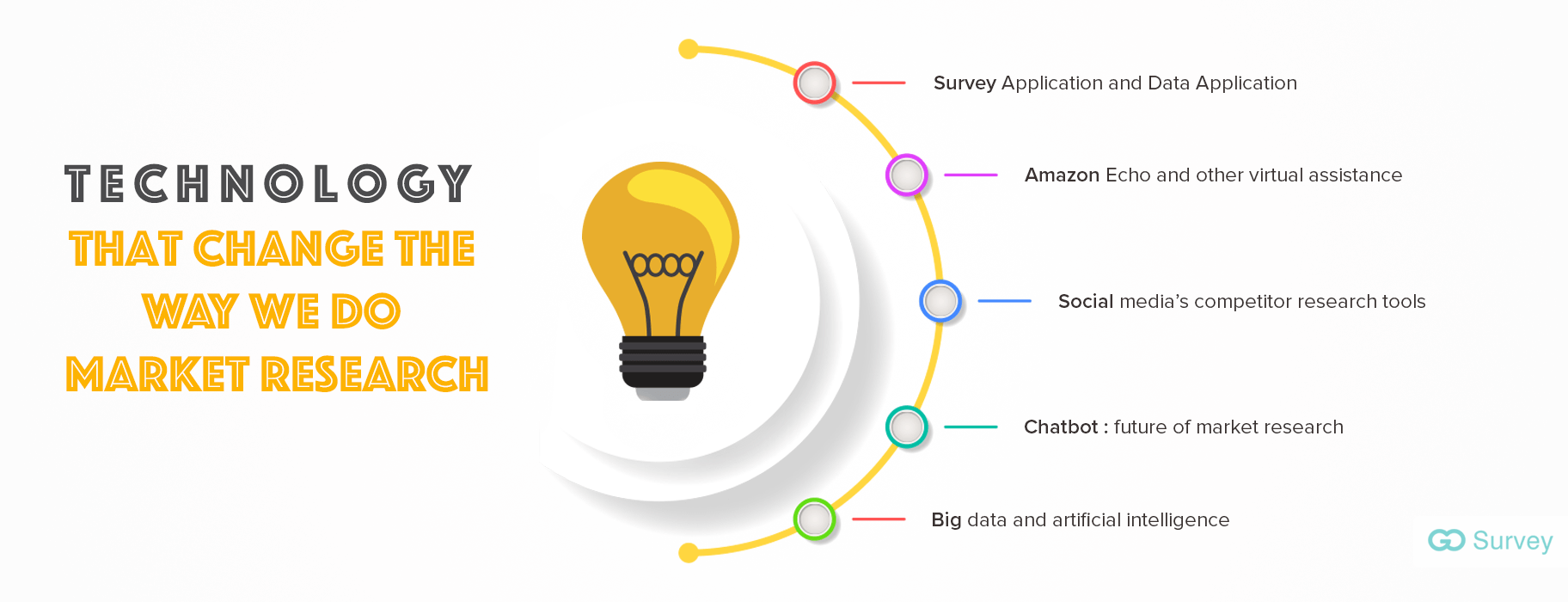Technological advances have fundamentally changed the way in which questionnaire and behavioral data are collected. Over the last 10 years, there has been a steady decline in the collection of personal and telephone data with an appropriate and rapid increase in the collection of digital data. Widespread use of a mobile phone and other smart devices (watches, Fitbit, radio, televisions, etc.) Has presented the researchers with a gold platform for collecting data in a more innovative and creative way.
In general, there are two categories of data collection:
- Active data collection: where you need to respond to certain stimuli, such as a questionnaire.
- Passive data collection: in which data is collected without any action required from that person.
These methods should not be regarded as substitutes, but rather as a complement to the collection of rich data on the financial lives of people.
1. Computerized personal interviews
(CAPI) have been conducted for decades and well-documented benefits, it is still not the main technology for collecting data among researchers involved in financial integration.
The main advantage of computerized personal interviews (CAPI) is that it allows the interviewer to focus on the interview and leave sophisticated routing and filtering on a laptop, tablet or mobile phone. It also allows the implementation of more advanced research methods, such as brand price research.
Pros of computerized personal interviews:
You can include multimedia elements and gamification in the survey.
Cons of computerized personal interviews:
The initial investment can be high.
2. Online/internet surveys
The method of data collection that has developed fastest in the last 10 years; in many developed countries, online surveys are an essential tool for collecting data.
They fit all forms of gamification, which makes them more engaging than other methods of surveys. However, sampling is a critical issue because self-determination is always a problem. Sampling providers usually provide samples from access panels, through recruitment or techniques such as sampling rivers that randomly select people in real time while browsing the net. Online surveys can be used on various devices, including pcs, tablets and mobile phones.
Pros of Online / Internet surveys:
These include low costs, automation and real-time access to data, the fact that they take less time, are comfortable for respondents and offer design flexibility and creativity, as well as eliminate prejudices.
Cons of Online / Internet surveys:
Online surveys can result in limited sampling and availability of respondents, possible low response rates, a high dropout rate and the risk of professional responders - those who regularly participate in surveys to earn money. It also requires that respondents have access to a smartphone, tablet or computer with Internet access.
3. Surveys of mobile telephony
These type of surveys are becoming more and more popular, despite concerns about prejudice regarding self-selection, because they are cost-effective, quick to implement and generally provide a "good enough" reading to make decisions.
Mobile surveys can be implemented using USSD and SMS technology for markets dominated by feature phones or online surveys where smartphones dominate.
In some markets, mobile research can be an effective way of collecting indicators of the high level of financial integration in years in which there is no main demand survey.
Pros of SMS / USSD surveys:
These surveys are profitable, work on all phones, is considered as a discrete method of contact, implement well-used and well-understood technology, have a fast turnaround time and can have large samples.
Cons of SMS and USSD questionnaires:
They only support 160 characters and, at most, one to five questions, because in case of a larger number of questions there is a high resignation rate. They are exposed to a break in the operation of the service, verbal and technological skills are assumed, and the respondent incurs costs in the case of SMS questionnaires, as well as the costs of coding open responses.
4. Interactive Voice Recording (IVR)
These surveys are used more and more often. They can be quite impersonal and have to be short to be effective. Self-definition is usually the main problem, and the technique requires the respondent to use the keyboard to answer the questions asked by the IVR system.
GPS tracking Tracking patterns of consumer movement is becoming more and more important as researchers realize that the dynamics of location and context are key consumer decision-making factors.
Network tracking technologies (such as cookies or counters) allow researchers to monitor sites in terms of the time users spend on them, when they visit the site, which links are clicked, and so on. As a result, researchers can better understand how consumers behave on the Internet, what content they are interested in, and what products and services they research and buy. This type of data is also used to improve the effectiveness of advertising.
Chabot is an artificially intelligent program that uses natural language processing to conduct conversations with users. They are programmed to interpret and understand the natural language to perform common tasks but were originally developed to use them in polls to ask questions and direct open questions. Some more sophisticated bots can assess feelings and direct supplementary questions based on the direction of feelings. Survey Bots provide a more conversational style that should lead to a better quality of response and can be used in online surveys or messaging applications.
Eye tracking technology allows researchers to track eye movements in real time. Knowing what people see and what they pay attention to help in advertising, designing websites and products. These data are quantified, and the aggregated visual analysis presents the pattern and strength of the glances.
Conclusion
There are currently many ways to collect data. It is important to assess the importance of the data in terms of a given problem, as well as its quality. Quality can be considered as a function with different dimensions, such as age, size or completeness of data and population coverage.









